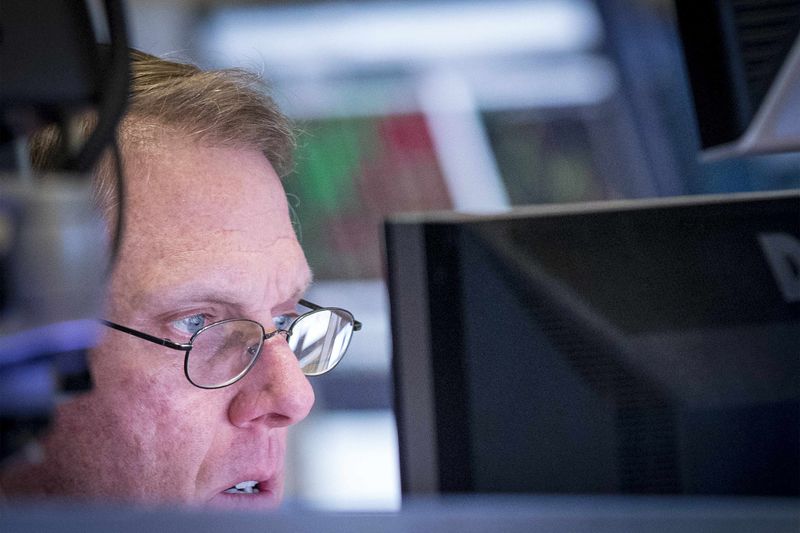European Luxury and Automotive Stocks Surge on Tariff Review News
Investing.com -- Stocks of European luxury goods and automotive companies saw a significant rise in today's trading. Stellantis shares increased by 7.3%, Porsche Automobil Holding SE rose by 7%, BMW was up by 6%, LVMH gained 5%, and Kering also advanced by 5%. This surge in stock prices is based on a report by The Washington Post. According to the article, advisors to President-elect Donald Trump are considering a more selective tariff approach rather than the broad tariffs proposed during his campaign.
The market's positive response reflects a shift in Trump's trade policy. Current discussions propose applying tariffs only to sectors deemed critical to national or economic security, as opposed to tariffs on all imports. This potential change, which is less radical than Trump's original proposal for universal tariffs of up to 20%, is viewed as a less disruptive move that could benefit luxury goods and automotive companies.
The reported tariff plans will focus on key industries such as defense, critical medical supplies, and energy production, which the incoming administration aims to strengthen domestically. This targeted approach could mitigate the impact of a blanket tariff on consumer prices and economic turbulence.
The reconsideration of tariff strategies also seems to be influenced by ongoing concerns over inflation. The Federal Reserve's projection of only two interest rate cuts this year indicates that price stability remains a significant economic challenge.
As the market reacts to these developments, investors are closely monitoring the situation, noting that Trump’s yet-to-be-finalized policies could significantly alter the landscape of global trade. The transition team has not commented on the specifics of the internal planning, but the direction of discussions has been enough to positively influence investor sentiment today.
While the automotive and luxury goods sectors enjoy the day's gains, the broader implications of the proposed tariff changes are still unfolding. Market participants will seek further clarity on which sectors may face tariffs and how this intersects with Trump's positions on trade with Mexico, Canada, and China, among other trade policy objectives.


